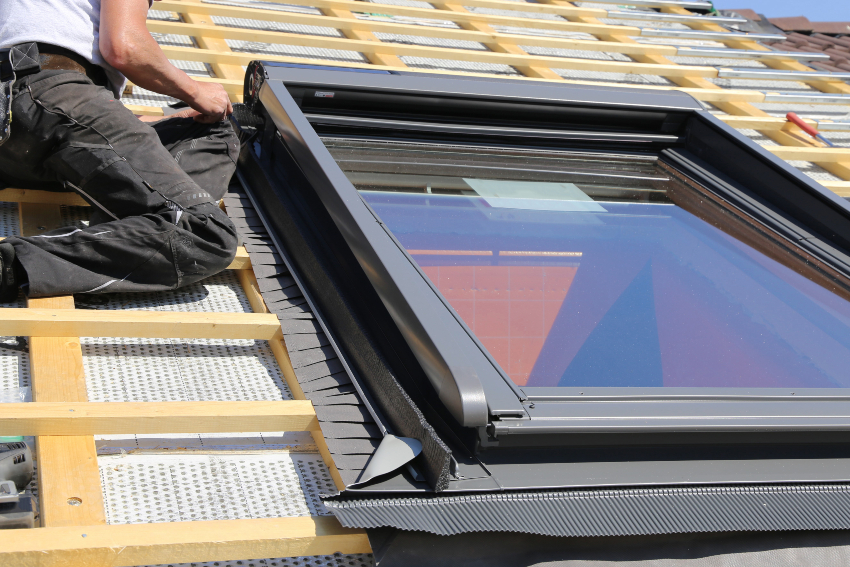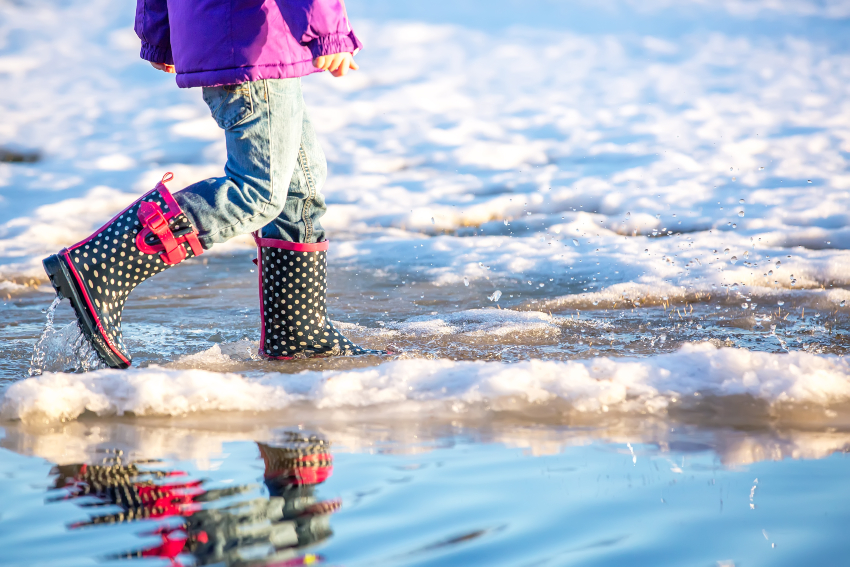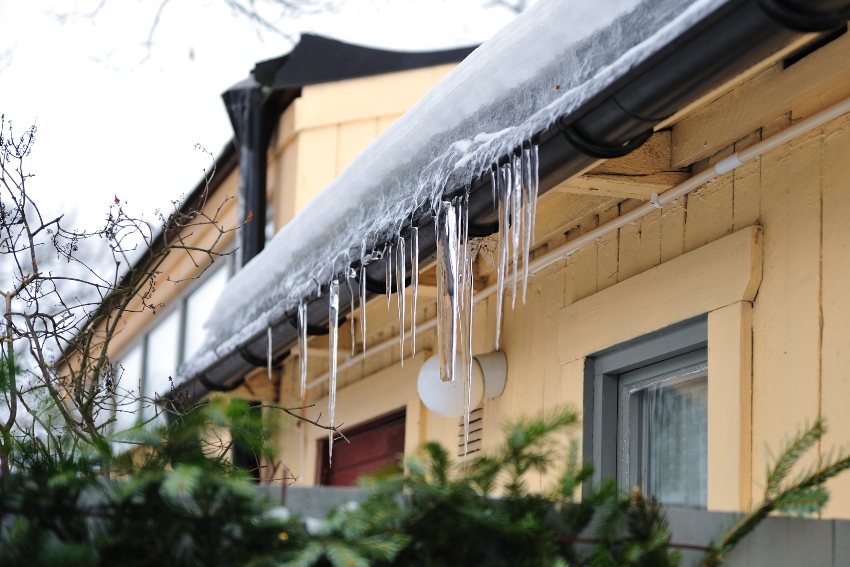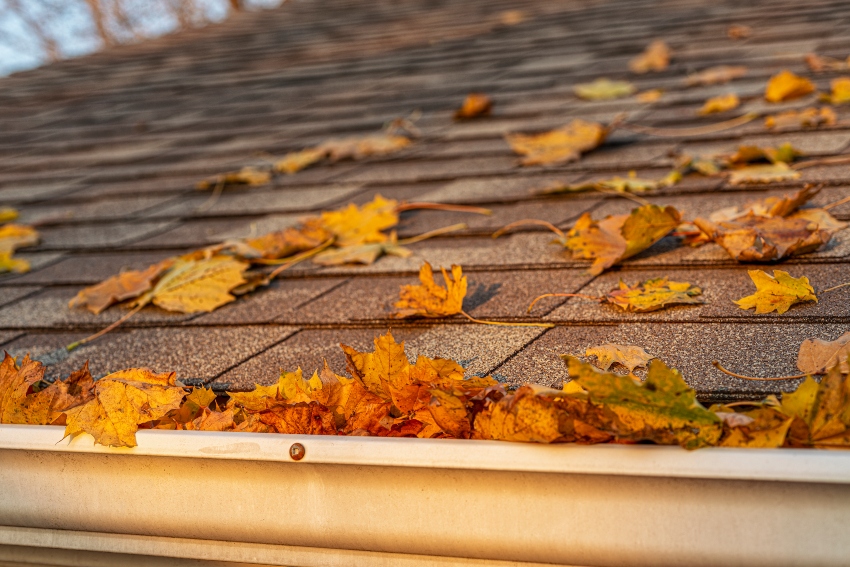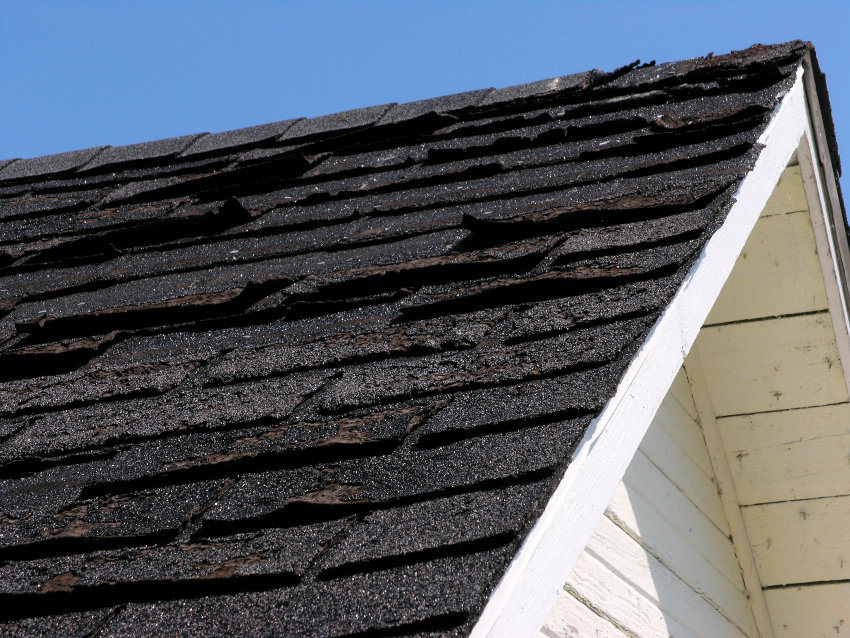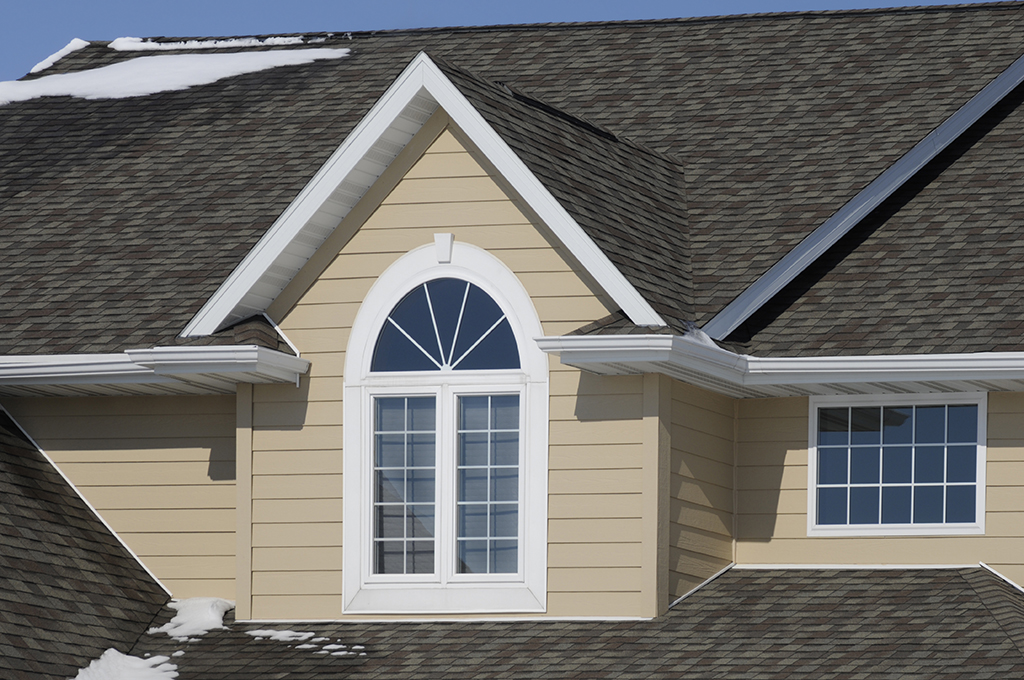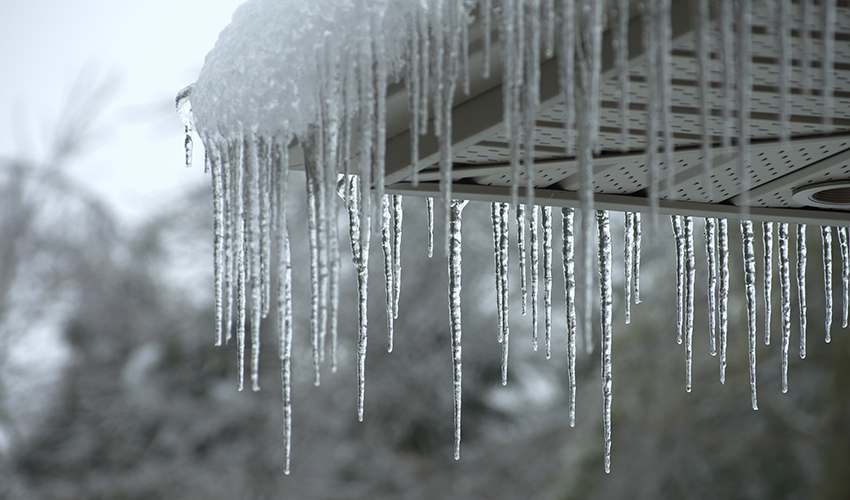Tips to Avoid Costly Hail Damage Repairs
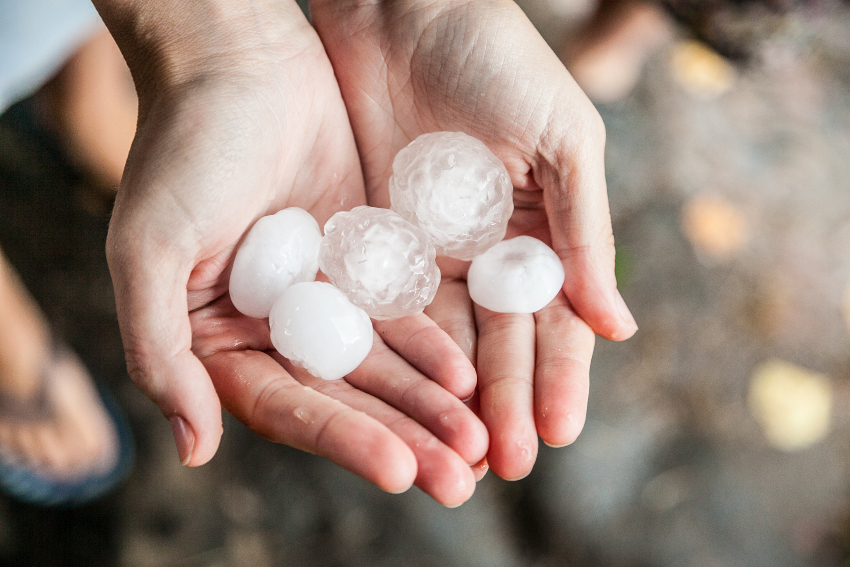
Hail doesn’t just have a big impact on your home. It can make a big hit on your wallet, too. According to Home Advisor, hail damage repairs cost anywhere from $2,400 to $15,000. Using the right products now can help avoid costly hail damage repairs down the road, saving you money in the long run. Read on as we discuss tips to avoid costly hail damage repairs.
Is Hail Damage Really an Issue?
First, let’s talk about what hail damage means for your home. Hail comes in at an angle, meaning it doesn’t just hit the roof; it assaults the side of the house as well. Cracks from hail damage leave the frame and interior of your home vulnerable to moisture, which can result in mold and dry rot, so hail damage should be repaired as quickly as possible.
Of course, it would be better if you could prevent that damage in the first place.
Choosing the Right Roof
The roof is one of the first parts of the home to take the brunt of impact from hail. A metal roof is much stronger than traditional roofing materials and comes with a longer lifespan, with many manufacturers offering a 50-year limited lifetime warranty on products.
The Best Siding for Protection from Hail Damage
When it comes to your home’s exterior, you have a lot of choices for siding. But testing has found vinyl and engineered wood just don’t offer the same level of durability, from repairing holes and dents to repainting products after severe weather.
United States Seamless® Steel Siding offers greater impact resistance. Made of multiple layers adhered to a galvanized steel core, even the paint is resistant to harsh weather, with a limited lifetime warranty against fading and chalking. Plus, you don’t just get the strength of steel, you also get a product that’s custom fit to protect your home without seams, splices, or joints, meaning even more moisture protection.
If you’re looking to upgrade your roof and siding, Spotless & Seamless is your top Twin Cities contractor for your home exteriors needs. We can help you determine what’s best for your home to avoid costly hail damage repairs from summer storms. Contact us today for a free estimate!


